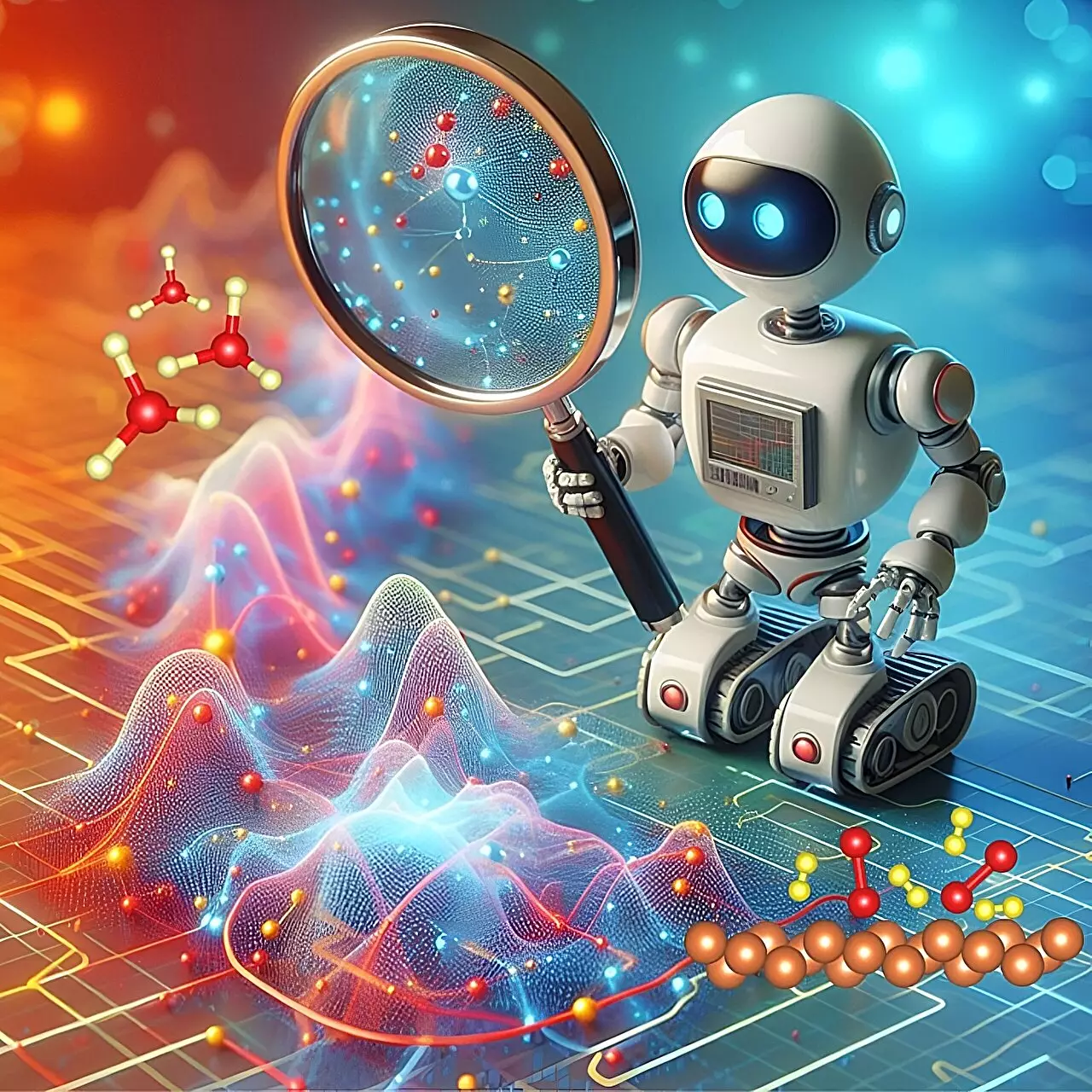For over a hundred years, the industrial production of ammonia has been essential in fulfilling global agricultural and industrial demands. However, researchers have encountered significant challenges in improving the efficiency and yield of the synthesis process. The standard method involves the reaction of atmospheric nitrogen with hydrogen, employing an iron catalyst. Despite the staggering annual production of approximately 160 million tons, primarily for nitrogen fertilizers, there remains a pressing need to enhance both the efficiency and environmental impact of this process.
Recognized for its usefulness in various sectors—from agriculture to food refrigeration—ammonia is also a common household cleaner. Yet, with growing concerns about environmental sustainability and the carbon emissions associated with traditional ammonia production methods, the urgency to innovate has become more crucial than ever.
A research team led by Qi An, an associate professor at Iowa State University, has embarked on a promising initiative to harness artificial intelligence (AI) for improving ammonia production. Their pioneering approach utilizes a technology known as HDRL-FP, which stands for High-Throughput Deep Reinforcement Learning with First Principles. This framework aims to deepen the understanding of chemical reactions involved in ammonia synthesis and other complex processes, and its implications for industry optimization are significant.
According to An and his collaborators, the HDRL-FP framework can facilitate the reduction of production costs and CO2 emissions while supporting the establishment of smaller, more distributed ammonia production plants. Such advancements could democratize the production process, making it more accessible and efficient globally.
At the heart of HDRL-FP lies a fusion of reinforcement learning—a machine learning paradigm inspired by behavioral psychology—and a methodical simulation of atomic positions in chemical reactions. This innovative approach is likened to training a dog through rewards, whereby the AI algorithms learn to identify the most efficient reaction pathways through trial and error, seeking the best outcomes based on defined objectives.
An’s team has designed HDRL-FP to rapidly sift through a multitude of potential reaction pathways. The technology is capable of discerning viable mechanisms even amid the complexities and noise that typify real-world chemical reactions. The efficacy of this method is further enhanced by leveraging advanced graphics processing units, allowing for swift data analysis and processing.
Over two years, An and his team have refined their framework, utilizing startup funding from Iowa State University. Their research has yielded a proof-of-concept demonstration concerning ammonia production, showcasing the ability to elucidate the underlying reaction mechanisms effectively. This breakthrough offers insight that could propel the chemical industry into a new era of efficiency and sustainability.
Crucially, the framework is not limited to ammonia production alone. Its architecture is versatile and can be adapted for broader catalytic research applications, opening new avenues for scholars and industry leaders alike in studying diverse chemical processes. The potential of HDRL-FP is immense; not only could it revolutionize ammonia synthesis, but its broader implications suggest a transformative impact across various chemical engineering fields.
As the global community grapples with resource scarcity and environmental challenges, the integration of AI into chemical synthesis processes is becoming increasingly relevant. The feasibility of reducing byproducts and lowering the energy requirements for ammonia production holds immense promise for advancing both agricultural productivity and environmental preservation.
The intersection of AI and chemical engineering exemplified by HDRL-FP introduces a robust tool for enhancing ammonia production—one that could serve as a blueprint for future innovations in chemical synthesis. Researchers like An and his collaborators are leading the charge toward a more efficient and sustainable chemical production landscape, promising groundbreaking advancements that resonate well beyond the laboratory. The sheer potential of such technologies underscores the importance of continued exploration and investment in AI-driven research to address some of the most pressing challenges of our time.


Leave a Reply